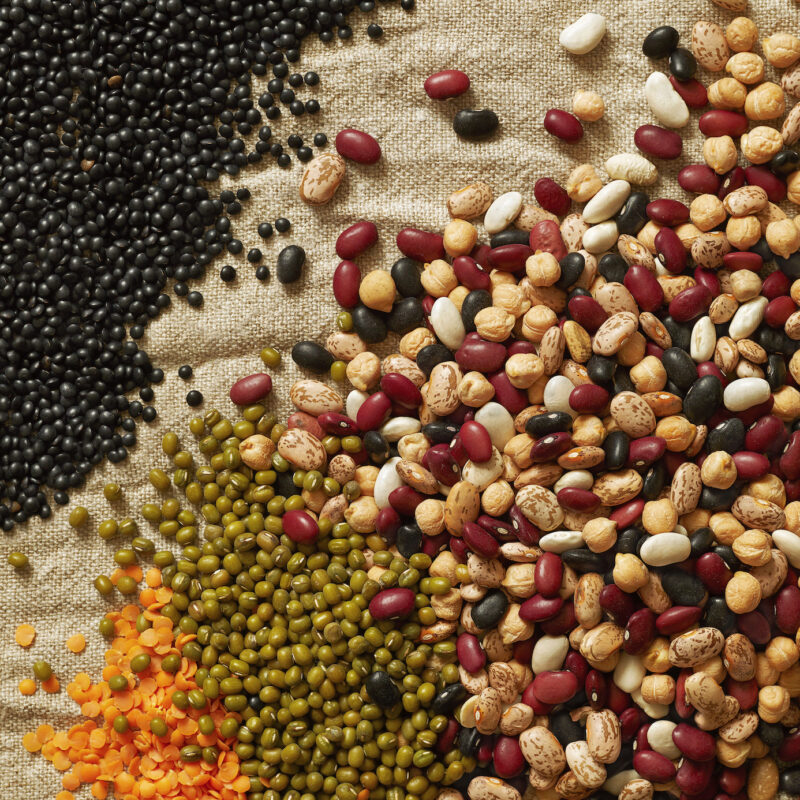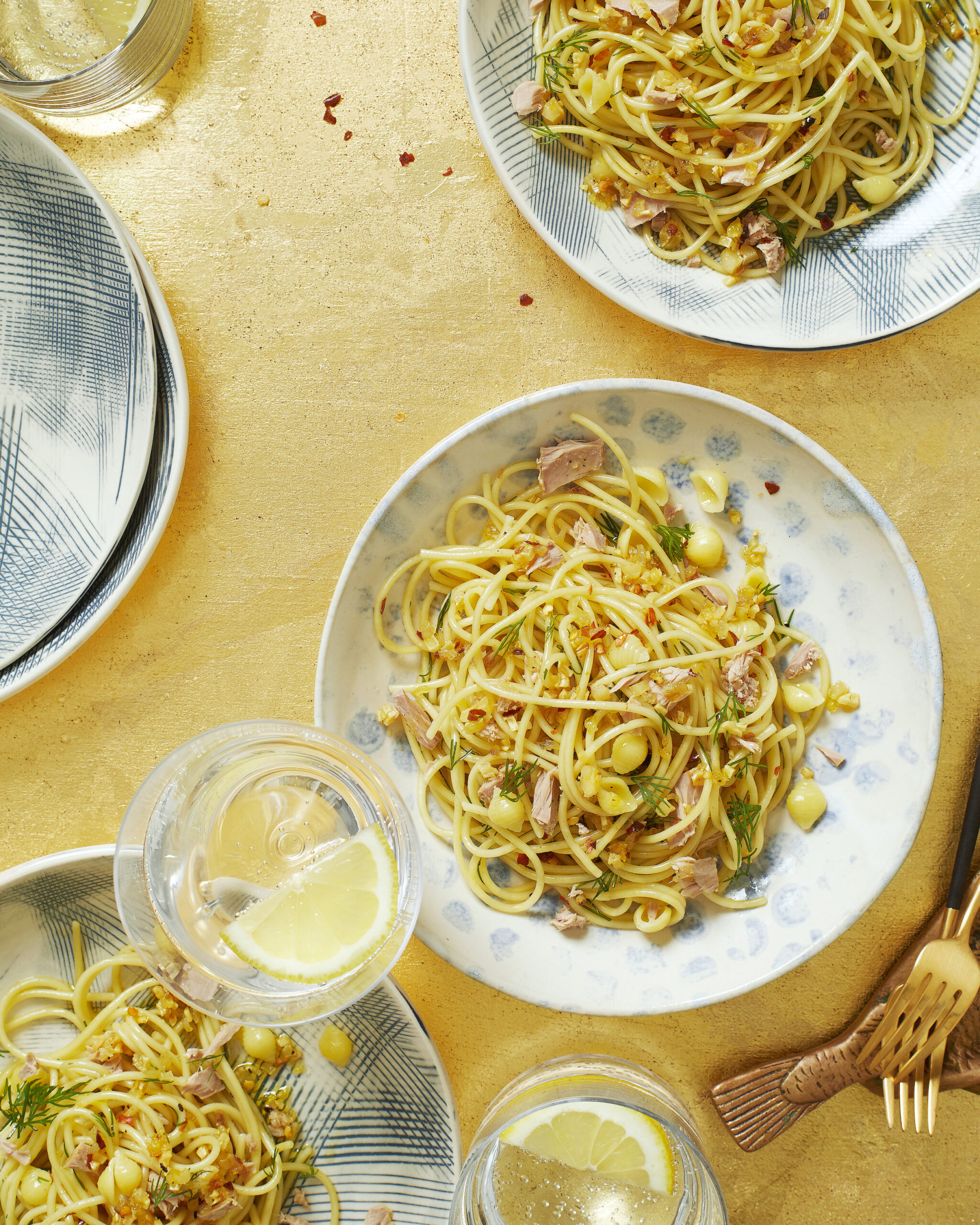Legumes are an invaluable, cheap plant-based protein, but cooking them can get a little confusing. Also, what is the difference between beans and legumes? Well, beans are legumes but not all legumes are beans. Does that make more sense? Think of beans as any legume with a bean-shape. Lentils and split peas are legumes but they are not beans and kidney beans are both beans and legumes. For the purpose of this chat, I am calling them all legumes!
Here is a handy chart and some helpful tips to keep your finger on the “pulse.”
AVOID SALT: Buy no-salt-added or low-sodium canned beans where possible. Rinse the beans and reserve the canned bean juice (aquafaba) as it has nutritional value and can be used as an egg white substitute, or to thicken stews and soups. If you are wary of BPA and BPS in cans, then buy dried beans with paper packaging or in bulk (just bring a reusable jar).
REMEMBER TO SOAK: Some dried legumes require soaking in water to reduce cook time and deliver the best beany texture. You can soak them overnight or do a quick soak (see the table below). Even “old” mystery beans are still good! Just soak them overnight and note the older they are, the more likely they will need a good soaking.
UNDER PRESSURE: Pressure cookers can cook dried beans in an hour or less, depending on the bean. To produce intact cooked beans they will still need a presoak, but if you are not worried about split or mushy beans, skip it. Make sure to follow the manufacturer’s instructions.
Zero-Waste Tip: Rinse and recycle cans, recycle food scraps, and cook large batches and freeze for another use.
| Dried | Canned | Fresh | Freezer | |
| Cost | About 10 cents/serving | About 40 cents/serving | Most are expensive | Less expensive than fresh |
| Nutrients | Most nutritious | Maintains most of the nutritional value | Most nutritious when eaten ASAP | Maintains most of the nutritional value |
| Sodium | None | Sodium added, not rinsed: 1,000 mg/cup; rinsed: 700 mg/cup No salt added: up to 15 mg per serving (check label) | None | None |
| Flavor | Best | Great | Best | Great |
| Shelf Life | Up to 2–3 years; after, they lose some moisture | 1–4 years unopened, 5 days opened | Up to 1 week | 1 year or more |
| Soak Time | Quick soak: boil for 1 minute then soak off the heat for 1–4 hours, strain Overnight soak: soak with 1 Tbsp salt per quart of water, strain Note: no soaking needed for black- eyed peas, lentils, and split peas | Not required | Not required | Not required |
| Cook Time | 45 minutes–1 hour | Can eat straight from can, improved when cooked with aromatics e.g., herbs | Depends; cook time is up to 1 hour | Defrost time + recipe cook time |
For more tips, visit my waste-free tips and follow me on Facebook, Instagram and LinkedIn for exclusive recipes, tips and events!



